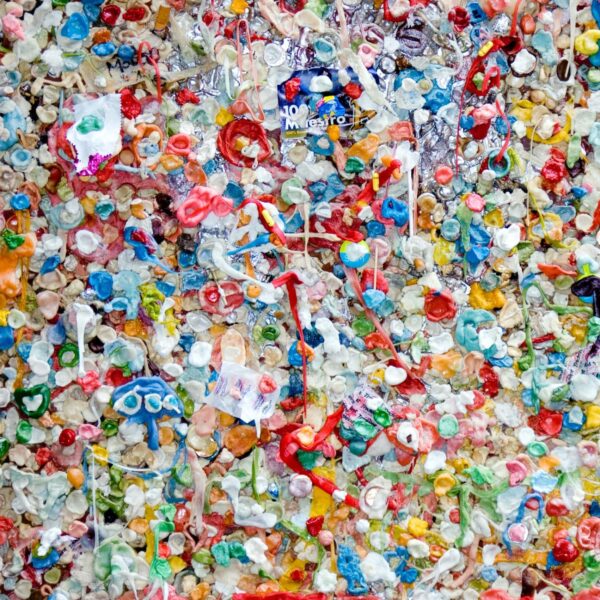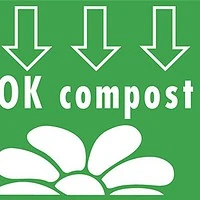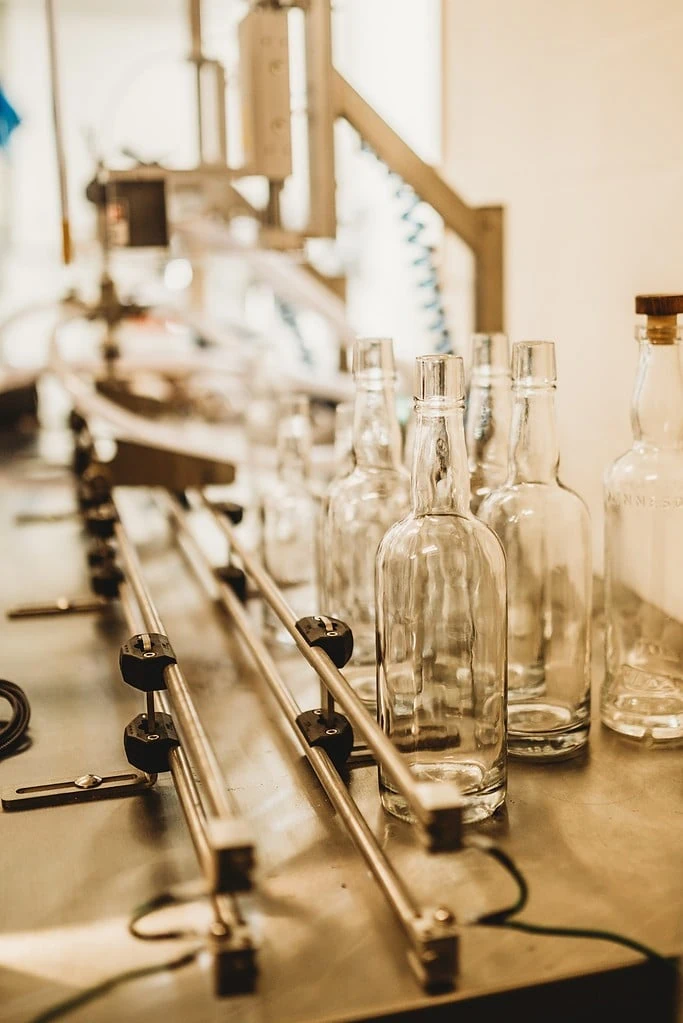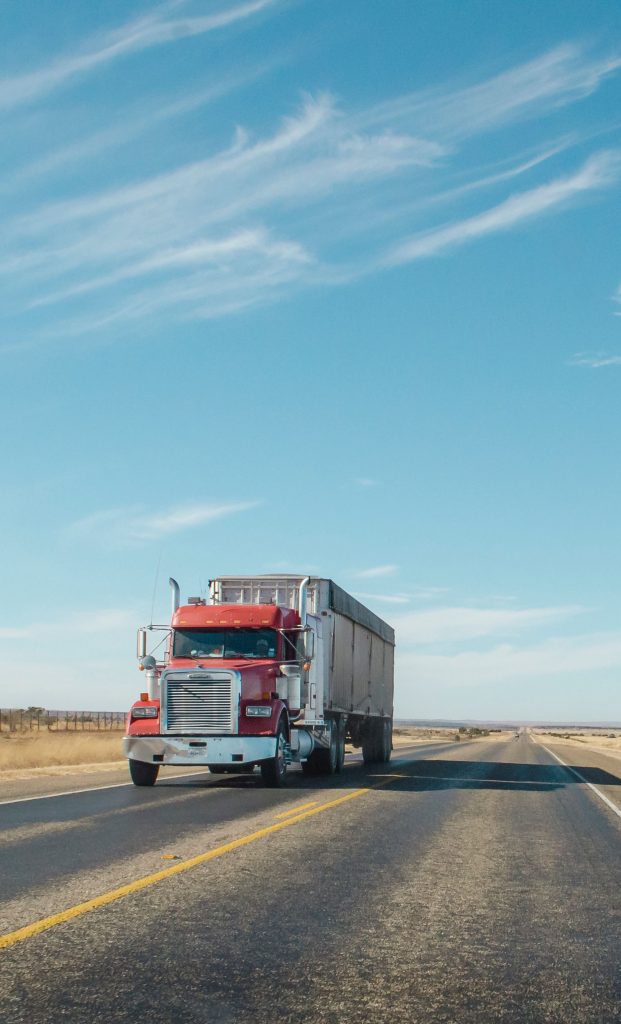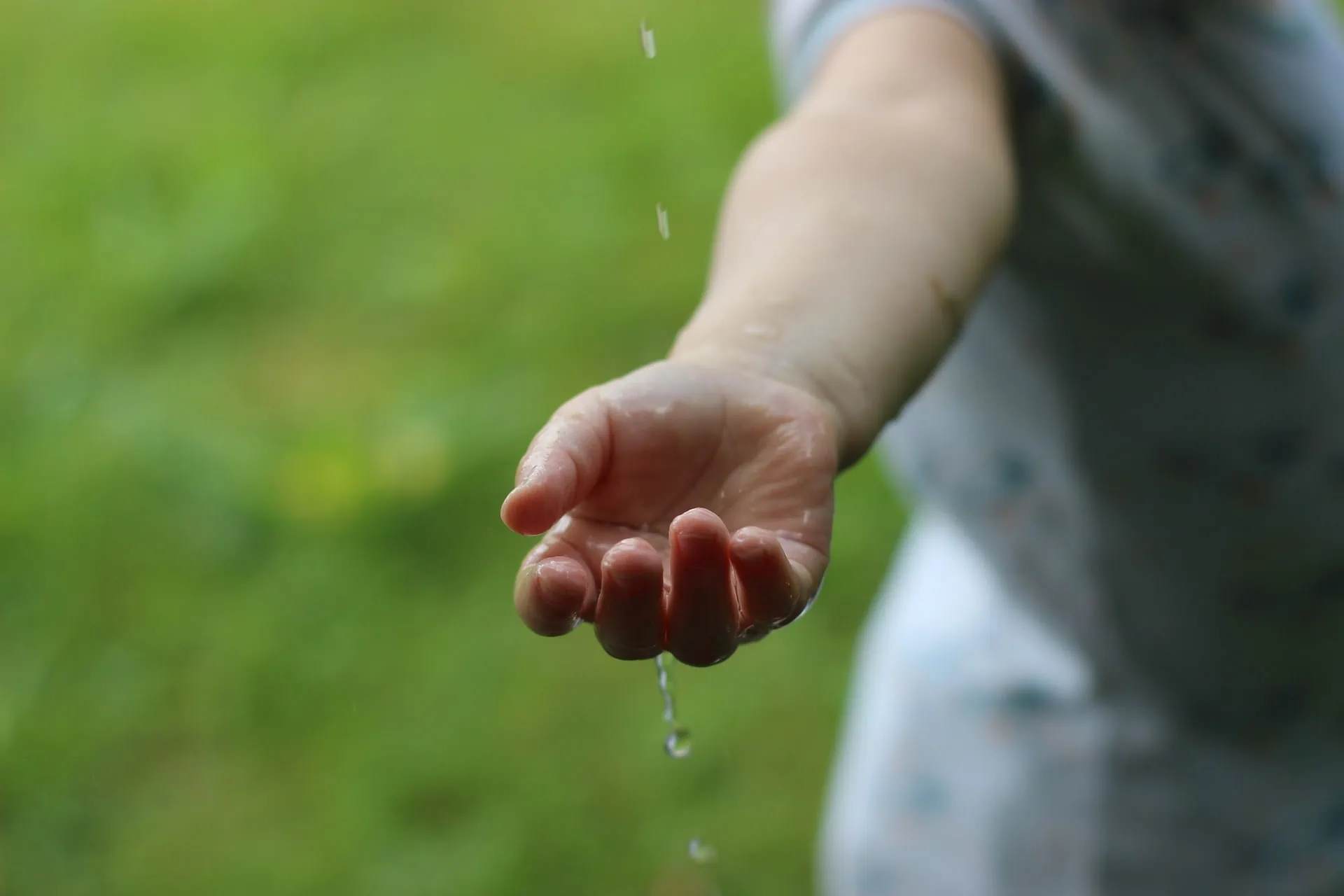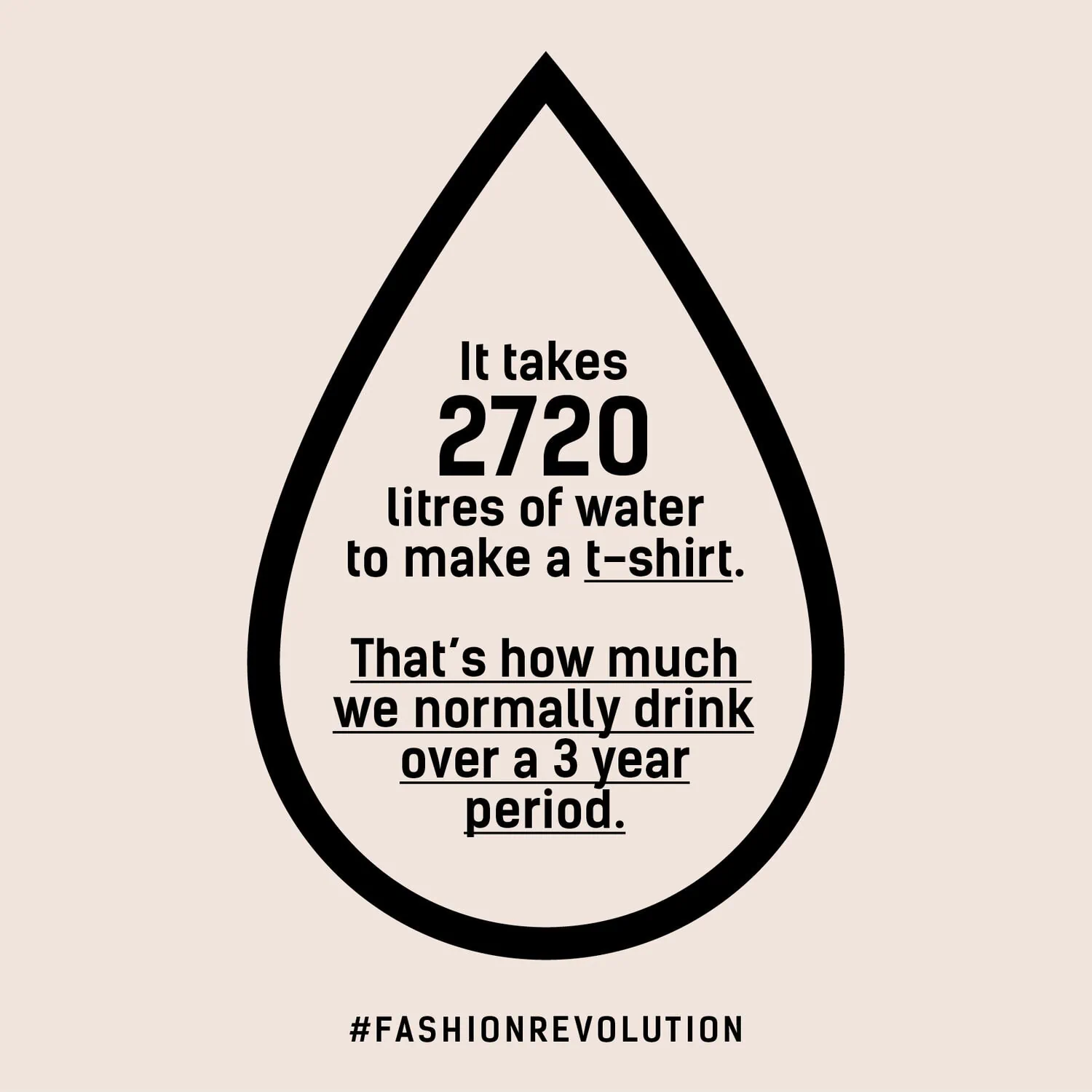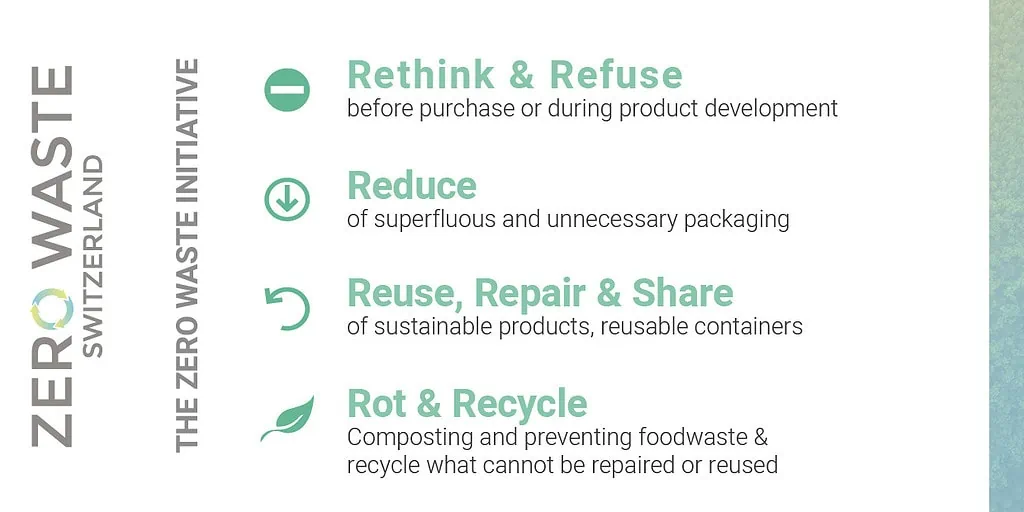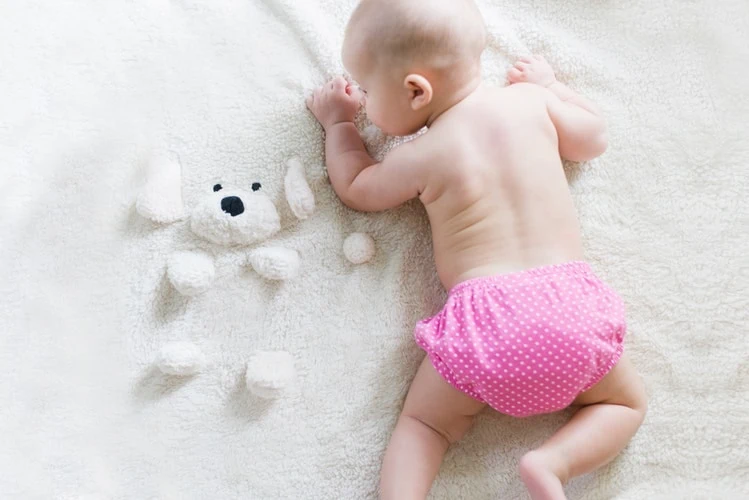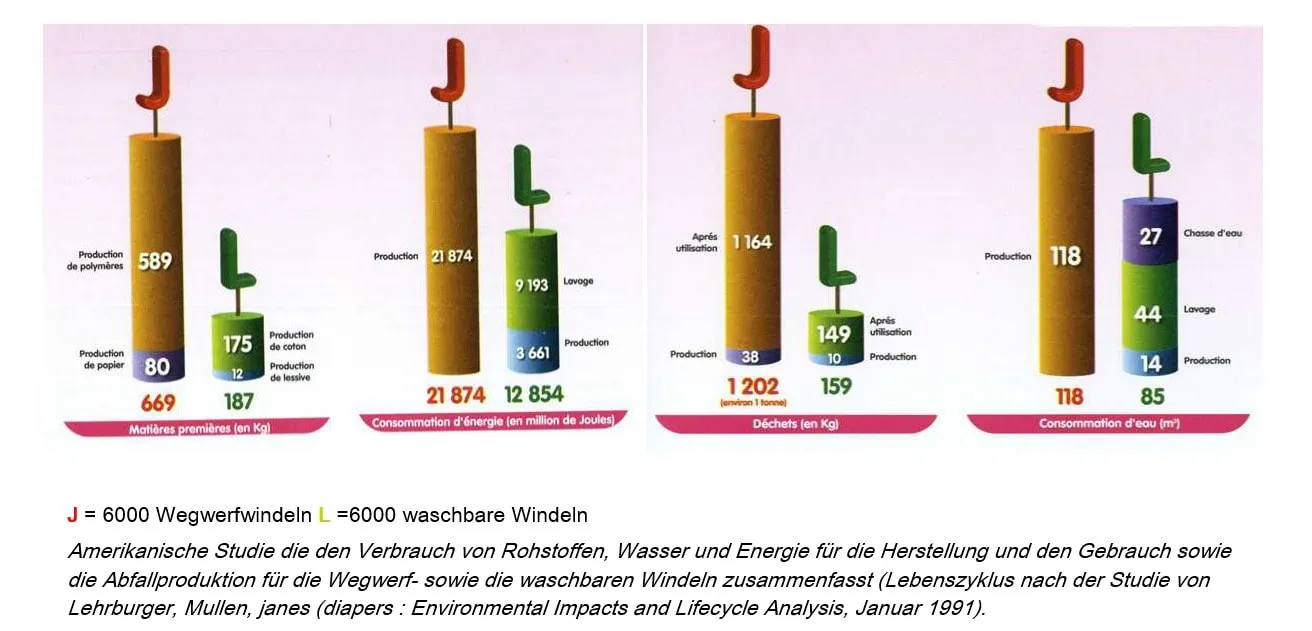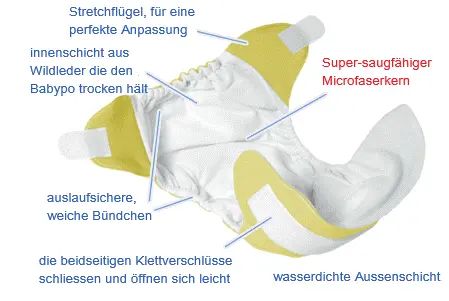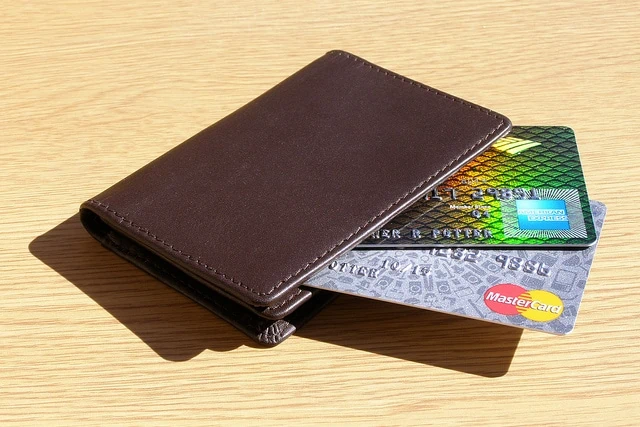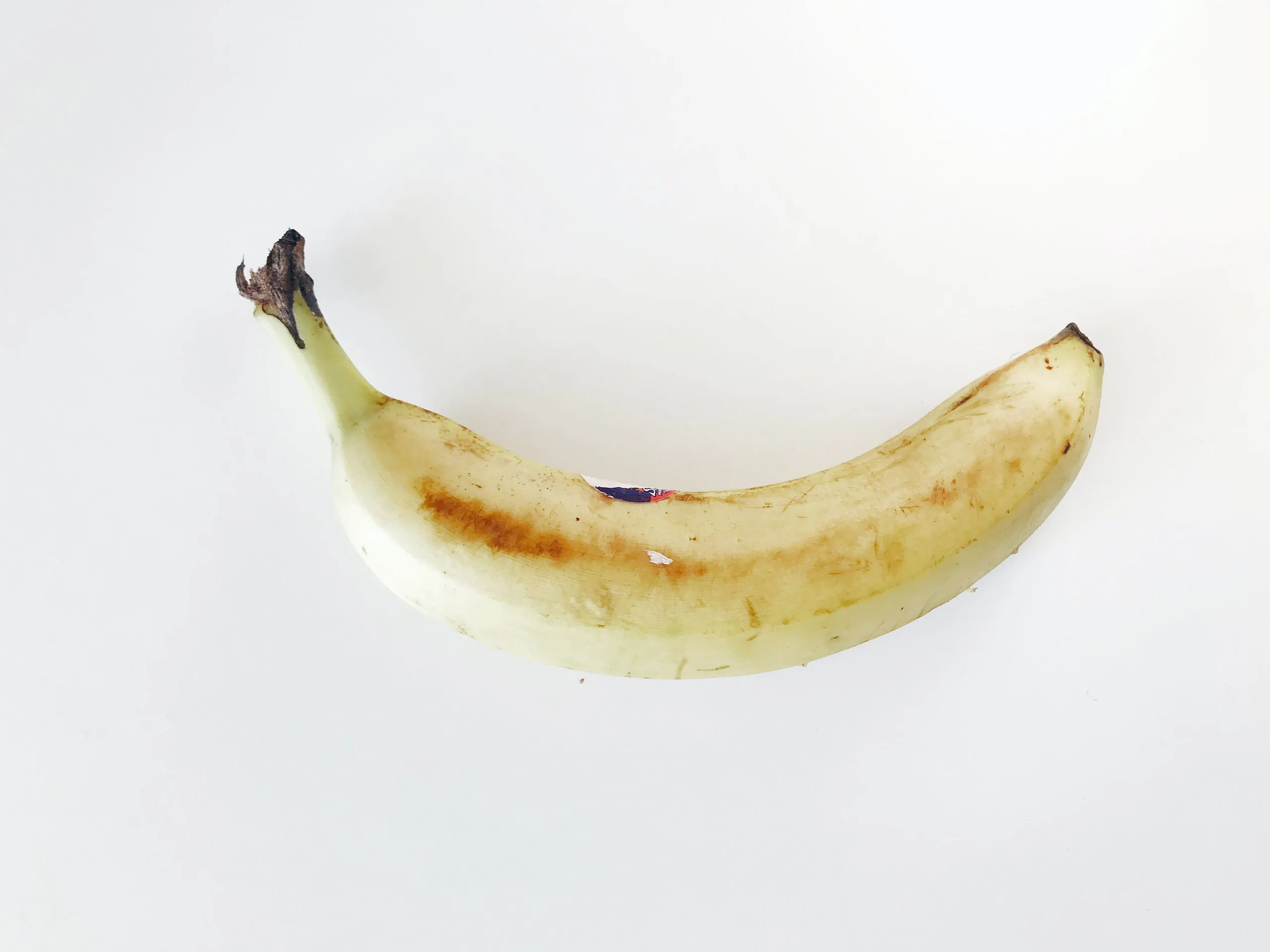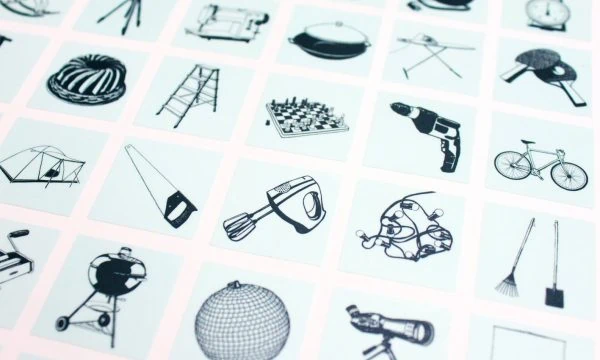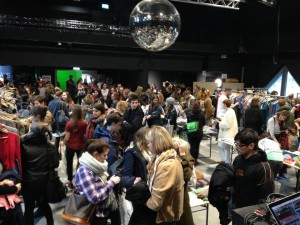Les bioplastiques, une bonne nouvelle pour l’environnement ? On fait le point !
Ils sont “biodégradables”, “biosourcés”, ou encore “compostables” et sont parfois présentés comme une solution à la pollution plastique. Aussi séduisants qu’ils soient, ces « bioplastiques» qui arrivent en masse dans nos magasins et nos entreprises ne constituent pas une solution miracle pour réduire nos déchets, et les slogans qui les accompagnent peuvent même se révéler contre productifs s’ ils impliquent un mauvais geste de tri. On vous aide à y voir plus clair parmi toutes ces allégations et labels en rappelant ici quelques bons réflexes.
Plastiques biosourcés et plastiques compostables, deux caractéristiques bien différentes
Quand le terme « bio » est adossé au mot plastique, la première chose est de vérifier à quoi cela fait référence exactement.
En effet, certains « bioplastiques », parfois aussi présentés comme « végétales» font référence à l’origine des polymères entrant dans la composition du plastique, qui peuvent être fabriqués à partir de matières issues de la biomasse (maïs, canne à sucre…) par opposition aux matières fossiles traditionnellement utilisées pour fabriquer du plastique (pétrole, charbon…). On parle alors plutôt de plastiques « biosourcés ». D’autres caractéristiques tiennent au devenir de ces déchets, on parle alors par exemple de plastiques “biodégradables” ou “compostables”.
Si intuitivement, on aurait tendance à penser qu’un plastique « végétal » est automatiquement biodégradable, ce n’est pas le cas ! L’origine des matières et le devenir du plastique une fois devenu déchet sont deux caractéristiques indépendantes l’une de l’autre. Autrement dit, un plastique « biosourcé » ne sera pas nécessairement plus facilement « biodégradable », et inversement.
“Biodégradable”, qu’est ce que ça signifie exactement ?
Et bien en réalité, pas grand chose !
D’un point de vu scientifique, le terme « biodégradable » désigne l’aptitude d’un produit à se décomposer et à être effectivement “bio-assimilé” par l’environnement (c’est à dire complètement transformé en molécules naturelles comme le carbone) sous l’action de micro-organismes et de facteurs tels que l’humidité, la chaleur ou la présence d’eau.
Dans l’absolu, toute matière est biodégradable, ce n’est qu’une question de temps… mais qui se chiffre parfois en centaines, voire milliers d’années !
En tant que consommateur, l’indication qu’un plastique est “biodégradable” ne vous garantit donc rien de la vitesse de cette dégradation, ni des conditions particulières, pas toujours réunies, dans lesquelles ce plastique pourra effectivement se “bio”-dégrader plus rapidement qu’un plastique conventionnel.
Bref, mieux vaut ne pas se fier à ce terme quand on recherche un produit écologique. En France, il est d’ailleurs prévu d’interdire l’apposition du terme “biodégradable” sur un produit ou un emballage au même titre que l’expression “respectueux de l’environnement”, tout aussi floue.
Qu’est ce qu’un plastique “compostable” ?
La notion de compostabilité des plastiques a le mérite d’être plus précise que celle de biodégradabilité : elle désigne des matières qui sont susceptibles de se dégrader en présence de déchets organiques et dans des conditions de compostage (montée en température, présence de micro-organismes spécifiques, etc). Il existe une norme européenne (EN 13432) qui garantit que le plastique est susceptible de se dégrader en condition de compostage industriel. Sur les emballages et les sacs plastiques, le respect de cette norme est souvent caractérisé par un logo comme celui “OK COMPOST”.
Quand un plastique est présenté comme biodégradable ou compostable, la première chose à faire est donc de chercher ce logo pour savoir si le matériau répond bien à à la norme et n’est pas juste un slogan marketing.
Les sacs compostables : la solution pour la collecte des biodéchets ?
Cependant, même si c’est le cas, il faut garder à l’esprit que ces plastiques compostables ne sont pas nécessairement écologiques !
En effet, pour se composter, ces plastiques doivent être triés séparément du reste des ordures avec les déchets organiques (restes de repas) et doivent être orientés vers une plateforme de compostage industrielle ou de méthanisation. Cela en fait une solution adaptée pour la collecte des biodéchets quand un sac est nécessaire (quand la commune l’impose par exemple). Dans ce cas, il faut à tout prix éviter les sacs plastiques traditionnels qui vont polluer le compost avec des microplastiques, et n’utiliser que des sacs effectivement compostables qui présentent le logo “OK Compost”.
Cependant, si il est possible de se passer de sac et de jeter les biodéchets en vrac dans le bac, c’est encore mieux. En effet, les plastiques compostables ne doivent pas représenter une trop grande quantité de déchets par rapport aux déchets organiques avec lesquels ils sont mélangés pour pouvoir effectivement se dégrader. Et même une fois compostés, ces plastiques ne présentent pas d’intérêts agronomiques spécifiques pour les sols et peuvent donc difficilement être qualifiés de solution d’économie circulaire, la matière étant de toute façon “perdue” plutôt que valorisée.
Les plastiques biosourcés : prudence sur l’origine de la matière
Le terme biosourcé se rapporte à une autre catégorie de bioplastiques, qui traite cette fois de la composition de la matière et non du devenir du déchet produit. “Biosourcé” signifie que la matière a été en partie (le terme peut être utilisé même si la part de biosourcé est en fait minime dans la composition) ou complètement fabriquée à partir de ressources issues de la biomasse (résidus de cultures agricoles, canne à sucre, pomme de terre…).
Si il peut être positif pour l’environnement de remplacer les matières fossiles par des matières renouvelables, il faut être vigilant sur l’origine de la matière ayant servi à produire le plastique. En effet, certains plastiques biosourcés sont par exemple fabriqués à base de canne à sucre, une plante cultivée très loin d’Europe, dont la culture nécessite beaucoup d’engrais et de pesticides.
Par ailleurs, les quantités de plastiques produites et consommées chaque année dans le monde sont telles que les substituer complètement par des matières naturelles entraînerait des effets contre-productifs certains : concurrence avec la production alimentaire, dégradation de la qualité des sols, impacts environnementaux liés aux cultures, etc.
Ainsi, vous l’aurez compris, la vigilance est de mise sur les alternatives “bio”, “végétales” ou “dégradables” en plastique. La solution à la pollution plastique se situe avant tout du côté de la réduction de notre consommation et du développement d’alternatives réutilisables aux produits et emballages à usage unique.
Pour aller plus loin, retrouvez le dossier de l’OFEV :

